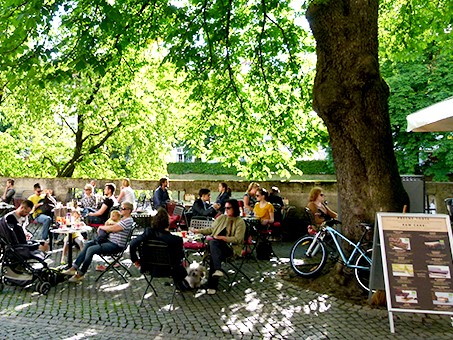
Trees
Stormwater
Source Water Protection
Source Water Recharge
The cultivation of trees and other woody plants. Trees interact with the urban hydrologic cycle by intercepting incoming precipitation, removing water from the soil via transpiration, enhancing infiltration, and bolstering the performance of other green infrastructure technologies. Losses can occur via canopy interception loss, transpiration, improved infiltration, and possible benefits with regard to deeper percolation along root channels and water table management. Managing urban trees for stormwater control is complicated by multiple formal and informal organizations operating in cities that may have conflicting agendas
Soil compaction can limit root spread and tree growth. Consideration of soils should be taken when adding new trees
Tree species, age, health, and root structure impact rates of water use. Atmosphere issues like zone, annual rainfall, rain duration impacts rates or water use. Soil and surrounding landscape impact water use. Planting trees in structural soils can allow greater rooting volume and infiltration capacity under paved urban surfaces as compared to typical tree pit designs. Stormwater runoff problems are exacerbated by tree losses due to pests, inadequate tree care, structural failure, urban development, and other factors that must be considered when assessing the outlook for trees as an urban stormwater control measure. Research is limited on what types of trees have best uptake rates, perform best in each zone or region and perform best over time.
Fundamental uncertainties about the costs and short- and long-term performance of green infrastructure with respect to controlling stormwater runoff is one barrier to freer innovation and implementation. Value could be added by implementing programs that allow landowners to reduce their stormwater fees by installing green infrastructure
Trees are an obvious candidate for increasing losses from the urban hydrologic cycle because they can provide relatively dense vegetation in a small footprint, and their extensive canopies and subsurface root systems are capable of capturing and pumping substantial amounts of water. Incorporating trees into urban landscapes can substantially reduce stormwater runoff by improving infiltration. Trees are an especially attractive stormwater control measure because they provide a suite of ancillary social, economic, and environmental benefits